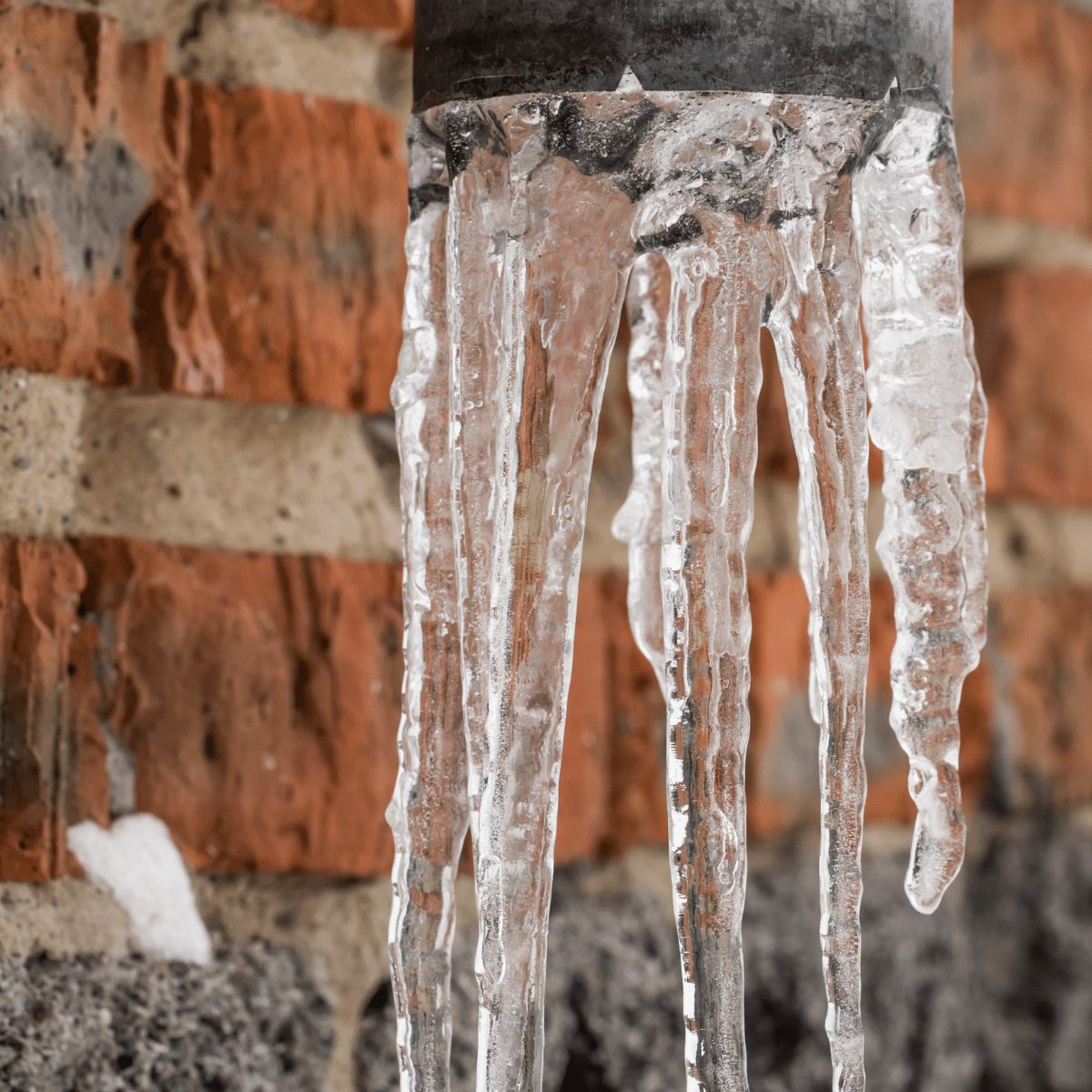Advice for Preventing Frozen Plumbing in Cold Weather: Specialist Insights
Advice for Preventing Frozen Plumbing in Cold Weather: Specialist Insights
Blog Article
Here on the next paragraphs you can get lots of first-rate help and advice in relation to 6 Ways to Prevent Frozen Pipes.

Cold weather can wreak havoc on your pipes, especially by freezing pipes. Here's just how to avoid it from happening and what to do if it does.
Intro
As temperatures decline, the danger of icy pipes rises, potentially leading to expensive repairs and water damages. Understanding exactly how to prevent frozen pipelines is essential for house owners in cool environments.
Prevention Tips
Protecting susceptible pipelines
Wrap pipes in insulation sleeves or utilize heat tape to secure them from freezing temperature levels. Concentrate on pipelines in unheated or external locations of the home.
Home heating strategies
Maintain indoor spaces effectively heated up, especially locations with plumbing. Open up cupboard doors to permit warm air to circulate around pipelines under sinks.
Just how to recognize icy pipelines
Seek lowered water circulation from taps, uncommon odors or noises from pipelines, and visible frost on exposed pipelines.
Long-Term Solutions
Architectural modifications
Consider rerouting pipelines away from outside walls or unheated areas. Include extra insulation to attics, basements, and crawl spaces.
Upgrading insulation
Buy top quality insulation for pipes, attic rooms, and walls. Appropriate insulation assists maintain consistent temperature levels and lowers the danger of frozen pipelines.
Securing Outdoor Pipes
Garden tubes and outside taps
Detach and drain pipes garden tubes before winter months. Install frost-proof spigots or cover outside faucets with protected caps.
Recognizing Icy Pipelines
What causes pipes to freeze?
Pipes freeze when revealed to temperatures below 32 ° F (0 ° C) for extended durations. As water inside the pipelines ices up, it expands, putting pressure on the pipeline wall surfaces and possibly triggering them to rupture.
Threats and damages
Icy pipelines can cause supply of water interruptions, home damage, and costly repair services. Burst pipes can flood homes and trigger comprehensive structural damages.
Indicators of Frozen Water Lines
Determining frozen pipes early can stop them from rupturing.
What to Do If Your Pipes Freeze
Immediate activities to take
If you think frozen pipes, maintain faucets open up to eliminate pressure as the ice melts. Make use of a hairdryer or towels soaked in warm water to thaw pipes gradually.
Conclusion
Protecting against frozen pipelines requires positive measures and quick reactions. By comprehending the reasons, signs, and preventive measures, home owners can protect their pipes during cold weather.
5 Ways to Prevent Frozen Pipes
Drain Outdoor Faucets and Disconnect Hoses
First, close the shut-off valve that controls the flow of water in the pipe to your outdoor faucet. Then, head outside to disconnect and drain your hose and open the outdoor faucet to allow the water to completely drain out of the line. Turn off the faucet when done. Finally, head back to the shut-off valve and drain the remaining water inside the pipe into a bucket or container. Additionally, if you have a home irrigation system, you should consider hiring an expert to clear the system of water each year.
Insulate Pipes
One of the best and most cost-effective methods for preventing frozen water pipes is to wrap your pipes with insulation. This is especially important for areas in your home that aren’t exposed to heat, such as an attic. We suggest using foam sleeves, which can typically be found at your local hardware store.
Keep Heat Running at 65
Your pipes are located inside your walls, and the temperature there is much colder than the rest of the house. To prevent your pipes from freezing, The Insurance Information Institute suggests that you keep your home heated to at least 65 degrees, even when traveling. You may want to invest in smart devices that can keep an eye on the temperature in your home while you’re away.
Leave Water Dripping
Moving water — even a small trickle — can prevent ice from forming inside your pipes. When freezing temps are imminent, start a drip of water from all faucets that serve exposed pipes. Leaving a few faucets running will also help relieve pressure inside the pipes and help prevent a rupture if the water inside freezes.
Open Cupboard Doors
Warm your kitchen and bathroom pipes by opening cupboards and vanities. You should also leave your interior doors ajar to help warm air circulate evenly throughout your home.

I'm very interested by How to Prevent Your Pipes From Freezing and I am praying you enjoyed the entire blog post. Do you know somebody else who is fascinated with the niche? Feel free to promote it. Bless you for your time. Please check our site back soon.
Request A Quote Report this page